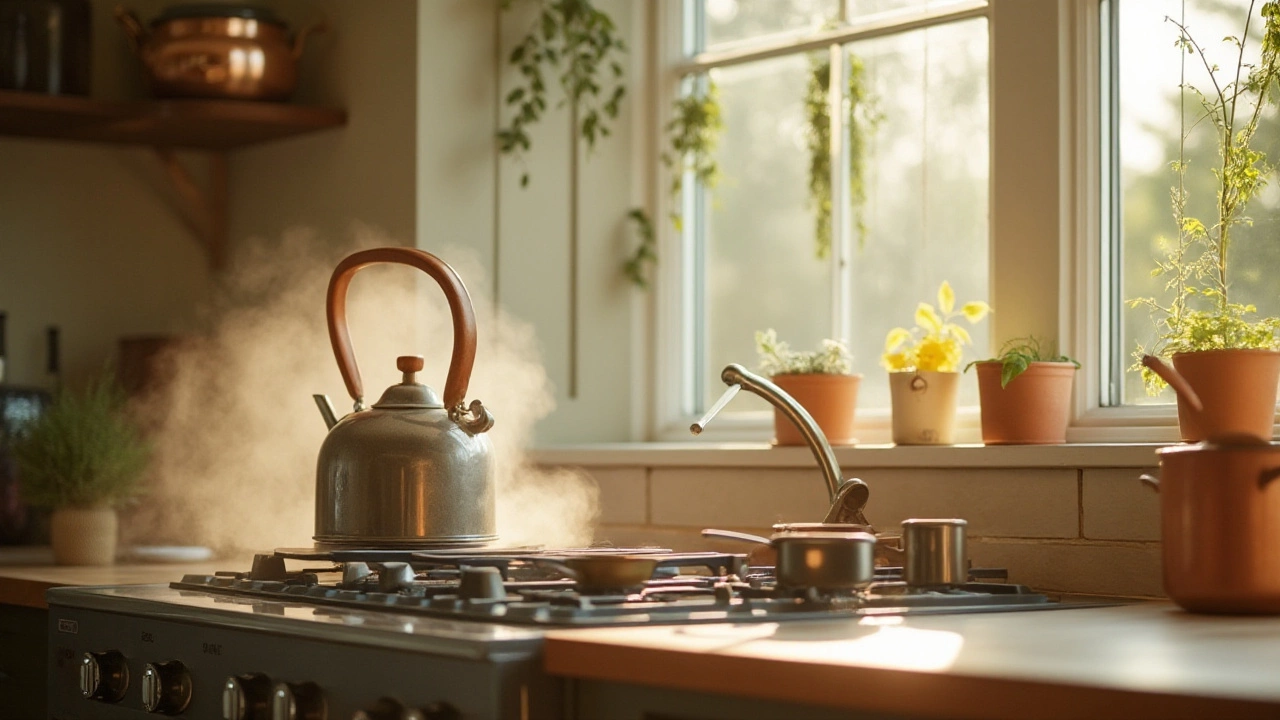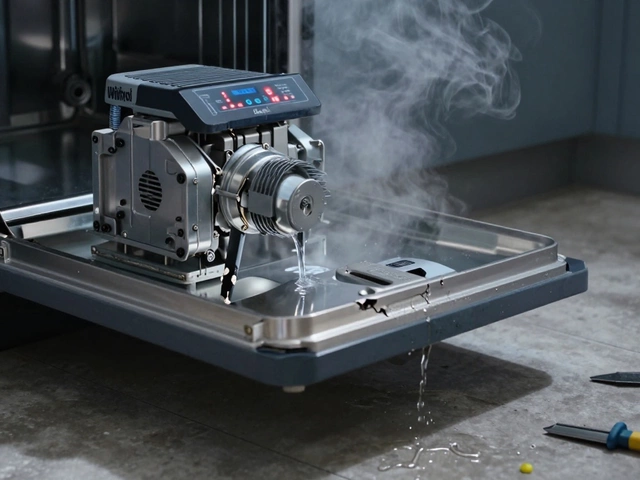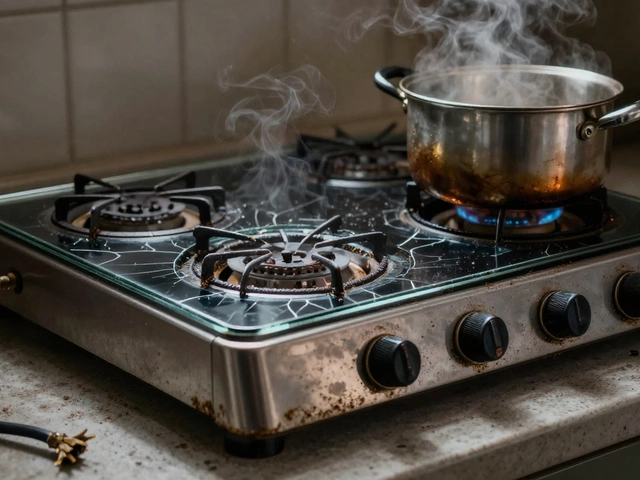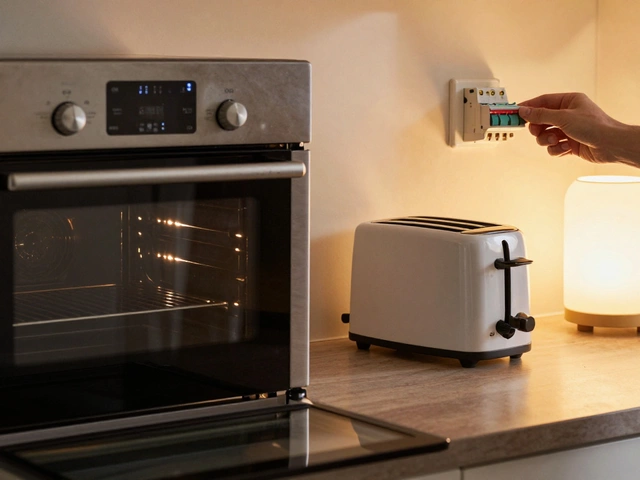Bathroom vs Kitchen: How Their Appliances Differ and What You Should Do
Both rooms are essential, but the gadgets inside them work in very different ways. Knowing those differences saves you time, money, and surprise breakdowns. Let’s break down the main points you need to keep in mind when caring for bathroom and kitchen appliances.
Typical appliances and how they get used
In the bathroom you’ll find a water heater, extractor fan, and sometimes a bidet or heated towel rail. These units deal with a lot of moisture, heat, and occasional hard‑water buildup. The kitchen, on the other hand, houses a fridge, freezer, dishwasher, oven, stove, and a range of small gadgets. Here the stress is on temperature changes, grease, and constant opening and closing.
Because water heater tanks are constantly heated, scale can form fast, especially if your water is hard. In the kitchen, a fridge’s compressor works 24/7, so wear on the motor and sealed system is the main worry. Knowing where wear shows up lets you check the right parts at the right time.
Maintenance habits that work for each room
For bathroom appliances, a quick monthly wipe‑down of the extractor fan and a yearly flush of the water heater with a descaling solution go a long way. Check the fan’s blades for dust buildup – a clogged fan can cause mold and weird noises. When you flush the heater, turn off power, let the tank cool, then follow the manufacturer’s instructions to remove sediment.
In the kitchen, start with the fridge. Clean the coils at least twice a year; dust on the coils makes the compressor work harder and can raise your energy bill. For dishwashers, run a vinegar cycle once a month to dissolve mineral deposits and keep the spray arms clear. Ovens benefit from a light clean after every few uses – wipe spills before they bake on, and give the interior a deeper clean every few months.
Both rooms share a few universal tips: keep the area around each appliance free of clutter, check the power cords for wear, and listen for odd sounds. If something hums or clicks differently, it’s often a sign that a part is wearing out.
When you’re unsure, the rule of thumb is simple – if a repair costs more than half the price of a new unit, consider replacing it. A 7‑year‑old oven, for example, might need a new heating element that costs almost as much as a basic replacement. The same goes for a water heater that’s hitting the 12‑year mark and needs a new thermostat.
Finally, know when to call a pro. Bathroom fan rewiring, gas boiler servicing, and refrigerator compressor repairs all involve electricity or gas that should be handled by certified technicians. Trying to fix these yourself can be dangerous and may void warranties.
Bottom line: treat bathroom and kitchen appliances as separate families with their own needs. Simple, regular checks keep everything running, and you’ll know exactly when it’s time to DIY or bring in an expert.
Solving Hot Water Issues: Kitchen vs. Bathroom Discrepancies
- Alden Wilder
- Jan 9 2025
- 0 Comments
Experiencing hot water only in certain parts of the house can be not only puzzling but also frustrating, especially when it disrupts daily routines. If your kitchen seems to have no problem with steaming hot water, but your bathroom remains freezing cold, a range of potential issues could be at play. From temperature settings to plumbing layout complexities, understanding the reasons behind this dilemma can empower homeowners to make informed decisions. Whether it's a simple fix or a call to a professional, addressing these problems promptly ensures comfort and efficiency in your home.
View More




